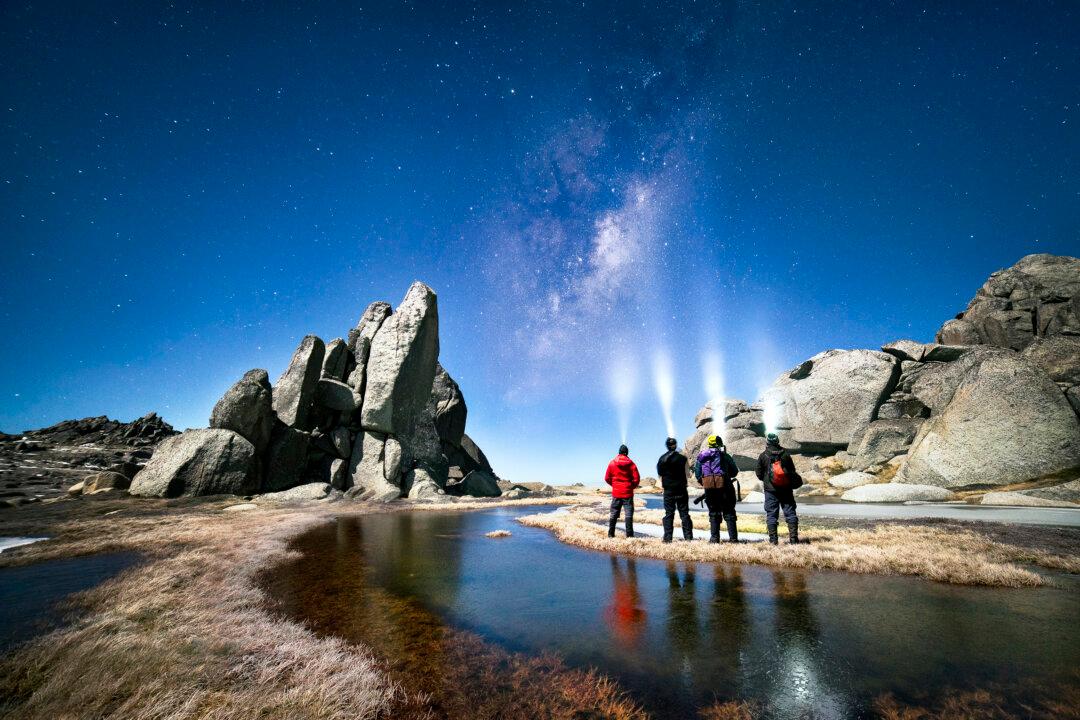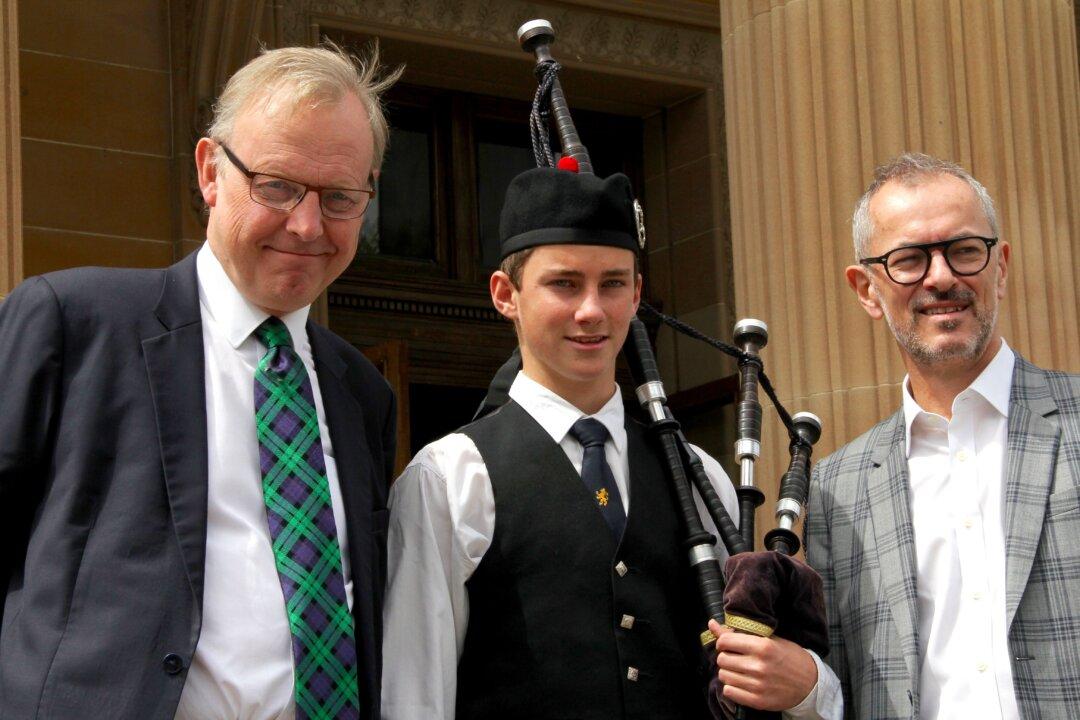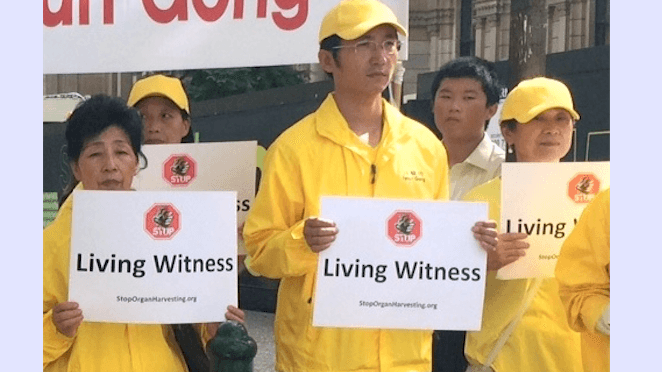SYDNEY—Earth Hour, conceived in Sydney in 2007 as a one-off community event, is now a global phenomena. On March 19 this year, over 172 countries and 7000 cities will participate in the lights out event according to Samantha Webb, manager for Earth Hour Australia.
“ What started as a one-city, one-year campaign grew into the world’s largest mass participation event for the planet,” she said in an email.
Over 10,000 iconic landmarks will be involved in Earth Hour this year, including the Eiffel Tower in Paris, London’s Big Ben and Buckingham Palace, New York’s Time Square and in Japan, the Tokyo Tower. Even the lights on the Great Pyramids of Giza will be dimmed!
Despite its scale, Ms. Webb says Earth Hour has stayed true to its roots and remains a largely grassroots, event.
“Earth Hour is something that brings communities together to demonstrate their support for action to tackle climate change,” she said.
Places We Love

Diana Scalfat/WWF-Aus




